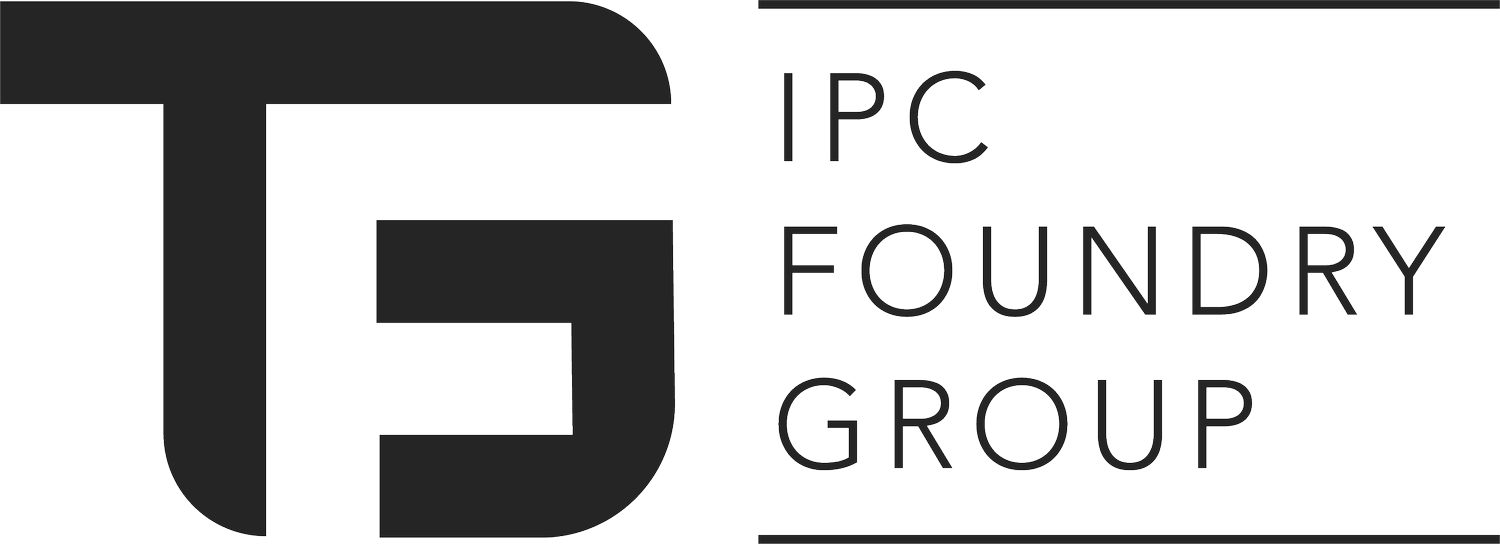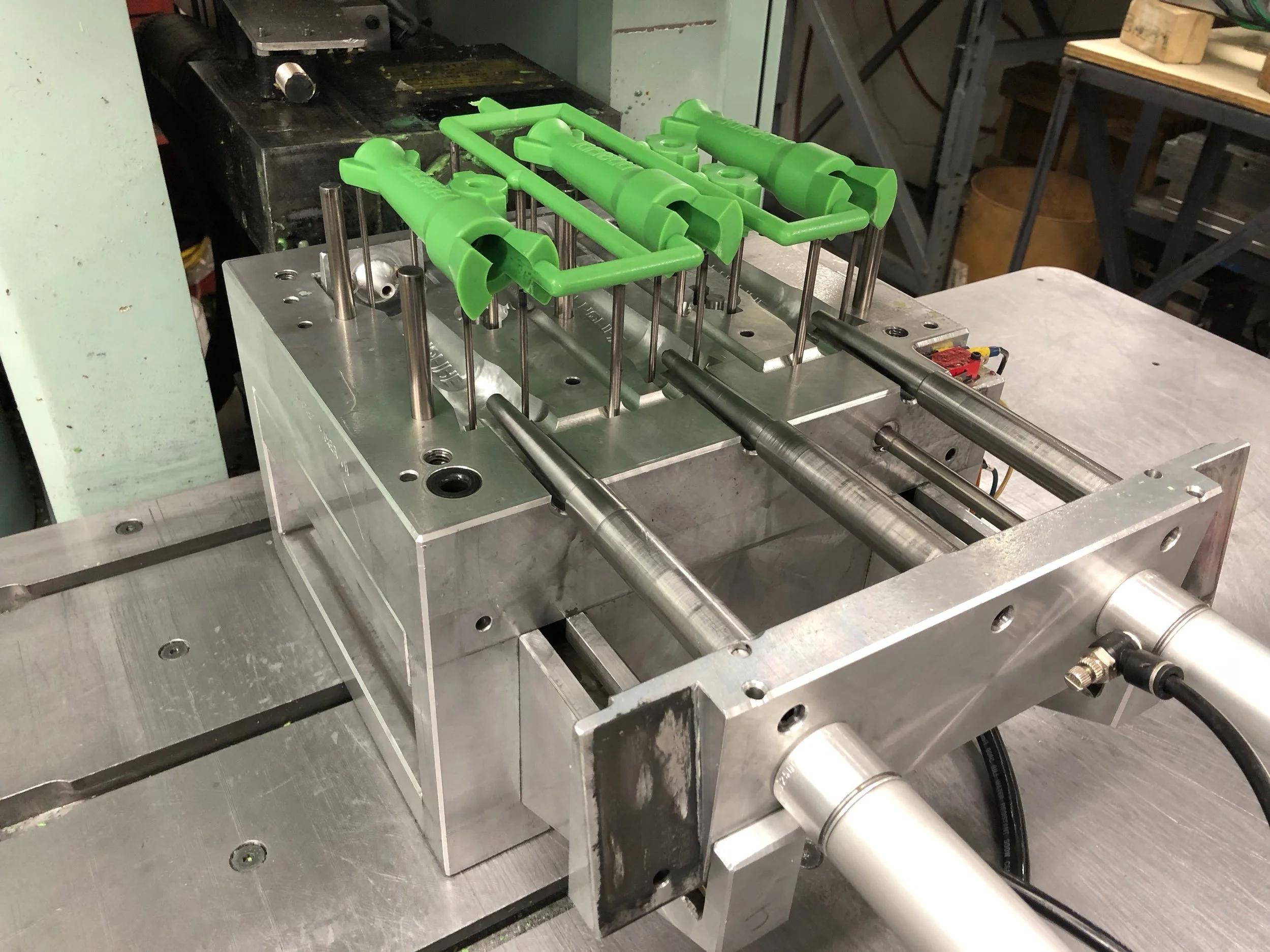Around the Clock Automation
Automated Casting Solutions
To better serve you, we’ve installed state-of-the-art tools and equipment to dramatically cut lead times, improve our precision, and keep production moving 24/7. Learn all about our process below.
First Steps of Precision Casting
The investment casting process, also known as lost-wax casting or precision casting, is a meticulous manufacturing technique dating back thousands of years, revered for its precision and versatility. Widely employed in numerous industries, investment casting enables the production of complex and intricately detailed components with exceptional accuracy and surface finish.
On this page, we’ll explore our process step by step; including highlights on the automation that we have brought into the process.
Pre- Production
FAQs
FAQs on Pre-Production
This stage is all about setting up a seamless production run for your components. From simple refinements to production optimizations, it all happens here.
-
We primarily pour:
-Low Carbon Steels
-Tool Steels
-PPT Hardening Stainless
-Chromium Stainless (400 series)
-Chromium-Nickel Stainless (300 -series)
-Nickel Base Alloys
-Cobalt Base Alloys
-Copper Base Alloys
Our international partners have additional capabilities including aluminum and titanium casts. Contact us for more details.
-
With a finalized design, we typically can deliver production first articles in 2 weeks. We can also rush-produce 3D prints of your components if you are still in the prototyping stage.
-
For investment castings, the industry standard is +/- 10 thousandths of an inch per inch. We will comfortably meet that standard. To learn more about tolerances and specifications, download our tolerance table here.
-
Lead times vary depending on our production queue, the number of parts you order, and how far along you are in the prototyping process.
However, we always aim to keep our lead times in the “weeks” category instead of “months”. For our current lead times, contact us or subscribe to our newsletter!
Step 2: Wax Injection & Onboarding
Wax Injection + Die Making
FAQs
FAQs on Wax Injection
We’ve invested millions into our state-of-the-art wax injection machines to help keep your production moving like clockwork. Here are a few of our most asked questions about this process.
-
Our wax injection machines can print a single large part or dozens of smaller parts every 2-5 minutes. With multiple injectors in our arsenal, we produce thousands of molds daily!
-
It depends on the size of your part! We spend time developing gates and trees before production begins to optimize production. In short, we put as many parts in a tree as possible without sacrificing quality; this can mean just one large casting, or dozens of smaller casts.
-
We typically keep diecasts of parts for future production runs, but if you’d like we are happy to send you the dies at the end of production.
Part 3: Ceramic Slurry
Slurry + Conveyor
FAQs
FAQs on the Slurry Process
Automating this step allows us to be more precise than ever, creating narrower tolerance windows, less human error, and the capability to produce around the clock. Learn more about this step in these FAQs.
-
This depends on the size of the part! Our engineering team works hand-in-hand with the production team to get your parts through this part quickly while still providing the highest quality results.
-
This is one of the most time-intensive steps in production, but our robotics allow for a 24/7 production cycle for your parts, meaning quicker lead times and a much faster time to market.
-
The slurry is made up of a binding liquid combined with small ceramic pieces (typically silica, alumina, or similar).
Part 4: Dewax & Heating
Flashfire + Casting Prep
FAQs
What Happens to the Wax from an
Investment Casting Project?
We know that foundries aren't the first thing that comes to mind when envisioning green manufacturing, but that doesn't stop us from doing what we can.
After flashfire treatment, we recycle or repurpose 99% of our wax for future use. Recycling our wax is just one of the ways we focus on sustainability in our investment casting.
Part 5: Metal Pouring
Pouring + Shell Removal
FAQs
FAQs on Metal Pouring
Molten metal is a beautiful thing. Learn more about this process with some of our FAQs!
-
We primarily pour:
-Low Carbon Steels
-Tool Steels
-PPT Hardening Stainless
-Chromium Stainless (400 series)
-Chromium-Nickel Stainless (300 -series)
-Nickel Base Alloys
-Cobalt Base Alloys
-Copper Base Alloys
Our international partners have additional capabilities including aluminum and titanium casts. Contact Us for more details!
-
Most of the ceramic sluffs off as the metal cools and solidifies. The remaining bits of ceramic are broken off as part of the finishing process.
-
Our ovens typically heat the ceramic shells to between 1000-2000°F. Each metal is heated to its specific melting point for the desired application!
Part 6: Metal Finishing
Inspection, Finishing Touches, & Shipping
FAQs
Finishing FAQs
This is where the magic happens! Your parts have gone from a computer screen to a ready-for-market product. Learn more about this process and the services we offer below.
-
We offer heat treating, machining, testing, and 3D printing services. If you have additional needs, let us know! We’re willing to adapt to whatever needs your project calls for.
-
Yes! We’re willing to ship your parts wherever you need them.
-
We take numerous steps to ensure that each part shipped meets your exact specifications and strive to deliver rapid first articles so you can verify the accuracy of your components from the get-go.
If something isn’t right, we’ll fix it before it ever gets shipped. Rest assured, we’ve got you covered with 100% satisfaction guaranteed.
Let’s Get Started
All Your Metalworking Needs
Casting and prototyping are what we do! Whether you have a market-tested product or are still in development, our team of experts is ready to get you rolling. Contact us today!

























